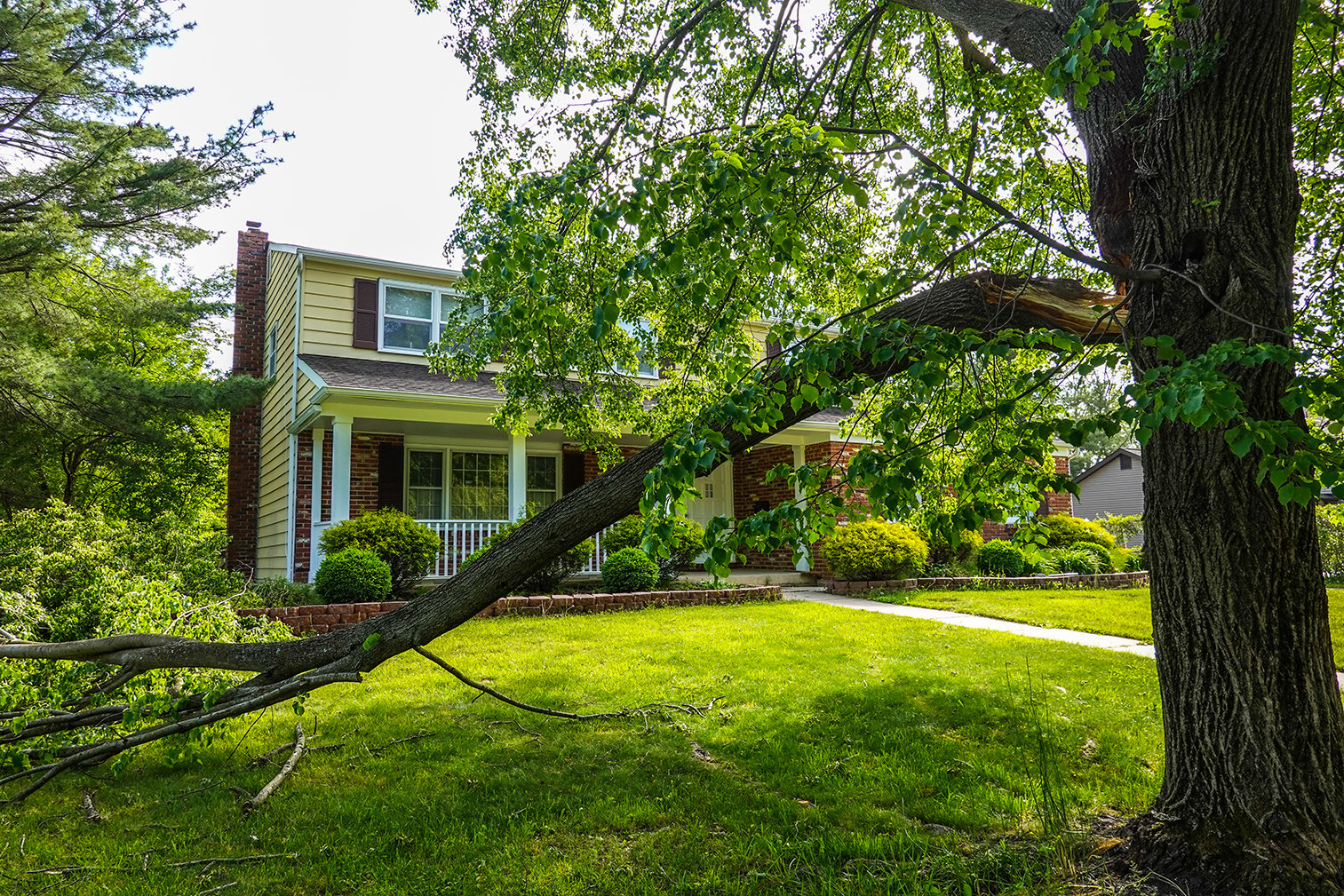Fall brings cold, winter brings heavy snow, and spring brings plenty of rain, but those aren’t the only seasons when you have to worry about your trees. Summertime is a host of severe and sometimes dangerous weather as well, especially considering its the season where thunder and lightning storms are most common. It’s important to stay on top of storm damage prevention even in the warm months of the year.
Damage to trees during severe weather can be especially dangerous to your home, property, and family. Even just one fallen branch can be a nightmare when it comes to insurance claims, repairs, and future safety. Following these tips can help you care for your trees and protect your home from storm damage.
Plant Wind and Weather-Resistant Trees
Making wise decisions regarding which trees you plant in your yard can save you from future trouble with summer storms. Choose trees that are suitable to the conditions of your yard. Some trees don’t do well in wet conditions so if persistent moisture might be an issue, you may want to plant a bald cypress tree —which also can withstand wind well— or a willow tree that can stay healthy in a wetter environment.
The American beech is a strong tree that has a better chance of surviving winds than others. Flowering basswood trees and crepe myrtle trees do a good job of withstanding wind as well. As a general rule, trees that have strong, deep roots, and flexible wood that will move with the wind instead of snapping are the best choices.
Some of the trees most vulnerable to falling in high winds include the white spruce, cedar, bradford pears, balsam fir, willow oaks, and water oaks. If any of these varieties are planted in an area where falling might damage your house or another structure, it’s recommended to remove them.
General Tree Maintenance
Staying up to date on regular tree care is one of the best ways to prepare your trees for extreme conditions. Make sure you’re pruning dead or weak branches year-round. Most culprits of storm damage are not entire trees falling but old, dead limbs breaking off your trees. Get rid of those risky branches before they fall where you don’t want them to.
It’s also important to take care of the roots of your trees. Adding a layer of mulch at the base of your trees will give the roots an extra layer of protection from storms.
Tree Cabling or Tree Bracing
If you’re not familiar with tree cabling or bracing, it’s essentially a method of strengthening the structure of the tree with metal hardware. They bind weak branches to stronger branches to prevent them from breaking off or falling where they might cause damage. Cables are generally made of high strength steel and intended to limit movement without entirely restricting it. Braces are made of thread rod and are installed through multiple branches to provide more rigid support from twisting forces.
Cabling and bracing are incredibly helpful if you notice your trees splitting or the trunk growing into a “V” shape with two branches instead of one sturdy trunk. This type of growth weakens the tree and makes it more likely to cause damage in a storm.
While these tips will help prevent most storm damage, accidents can still happen. If you find yourself with a tree emergency after a summer storm, give Woodeez Tree Service a call! Contact us for a free estimate today.

